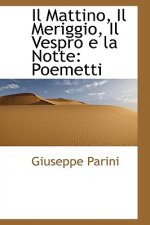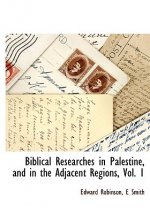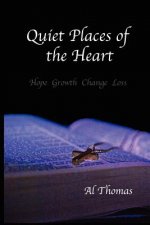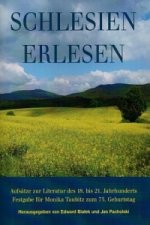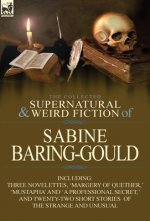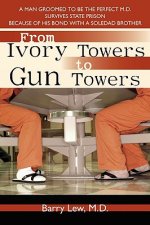
Kézbesítés
Vásárlási tanácsadó
16 105 854 könyv 175 nyelven








Összes nyelv megjelenítése (175)





Nem vált be? Semmi gond! Nálunk 30 napon belül visszaküldheti
 Ajándékutalvány
bármilyen értékben
Ajándékutalvány
bármilyen értékben
Ajándékutalvánnyal nem nyúlhat mellé. A megajándékozott az ajándékutalványért bármit választhat kínálatunkból.
Scottish Highlanders on the Eve of the Great Migration, 1725-1775
 Angol
Angol
 61 b
61 b
30 nap a termék visszaküldésére
Ezt is ajánljuk


This is part of a series by David Dobson designed to identify the origins of Scottish Highlanders who traveled to America prior to the Great Highland Migration that began in the 1730s and intensified thereafter. The events leading to the Highland exodus are worthy of mention again. Much of this emigration was directly related to a breakdown in social and economic institutions. Under the pressures of the commercial and industrial revolutions of the 17th and 18th centuries, Highland chieftains abandoned their patriarchal role in favor of becoming capitalist landlords. By raising farm rents to the breaking point, the chiefs left the social fabric of the Scottish Highlands in tatters. Accordingly, voluntary emigration by Gaelic-speaking Highlanders began in the 1730s. The social breakdown was intensified by the failure of the Jacobite cause in 1745, followed by the British military occupation and repression that occurred in the Highlands in the aftermath of the Battle of Culloden. In 1746, the British government dispatched about 1,000 Highland Jacobite prisoners of war to the colonies as indentured servants. Later, during the Seven Years War of 1756GÇô63, many members of Highland regiments recruited in the service of the British Crown chose to settle in Canada and America rather than return to Scotland. Once in North America, the Highlanders tended to be clannish and moved in extended family groups, unlike immigrants from the Lowlands who moved as individuals or in groups of a few families. The Gaelic-speaking Highlanders tended to settle on the North American frontier, whereas the Lowlanders merged with the English on the coast. Highlanders seem to have established GÇŁbeachheads,GÇ+ and their kin subsequently followed. The best example of this pattern is in North Carolina, where they first arrived in 1739 and moved to the Piedmont, to be followed by others for over a century. Highlanders from particular counties in Scotland, moreover, settled in particular areas in the colonies; for example, the earliest emigrants from Highland Perthshire were Jacobite prisoners transported to South Carolina, Maryland, and the West Indies in 1716 and 1746. The next group from Highland Perthshire were soldiers recruited for regiments, particularly the Black Watch, that fought in the French and Indian War, some of whom settled in the colonies in the aftermath. Possibly influenced by their settlement, there followed families bound from Greenock to New York aboard ships such as the Monimia and the Commerce in 1775 to settle on the frontier. Most of them tended to be Loyalists at the outbreak of the American Revolution and consequently moved to Canada. Another factor that distinguishes research in Highland genealogy is the availability of pertinent records. Scottish genealogical research is generally based on the parish registers of the Church of Scotland, which provide information on baptism and marriage. In the Scottish Lowlands, such records can date back to the mid-16th century, but in general Highland records start much later. Americans seeking their Highland roots, therefore, face the problem that there are few, if any, church records available that predate the American Revolution. In the absence of Church of Scotland records, the researcher must turn to a miscellany of other records, such as court records, estate papers, sasines, gravestone inscriptions, burgess rolls, port books, services of heirs, wills and testaments, and especially rent rolls. (Some rent rolls even predate parish registers.) Mr. DobsonGÇÖs series, therefore, is designed to identify the kinds of material that is available in the absence of parish registers and to supplement the church registers when they are available. Scottish Highlanders on the Eve the Great Migration, 1725GÇô1775: The People of Highland Perthshire, is the second volume in the series, and as such it
Információ a könyvről
 Angol
Angol




 Hogyan vásároljunk
Hogyan vásároljunk













